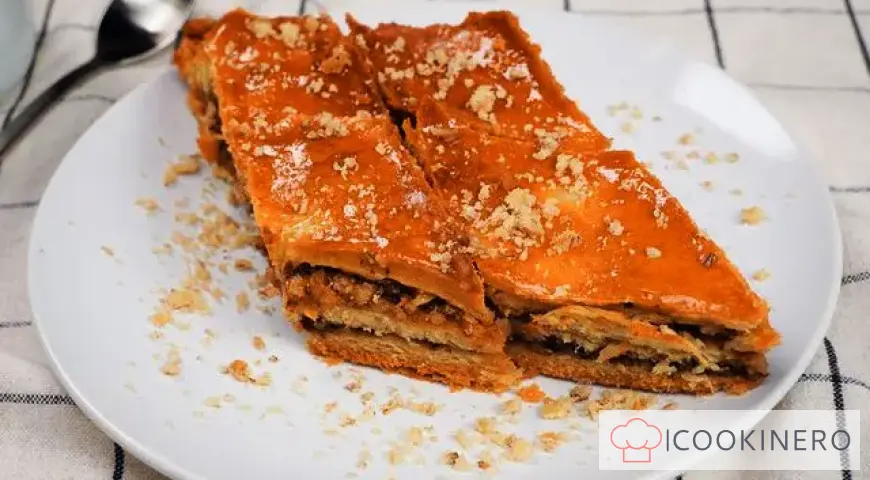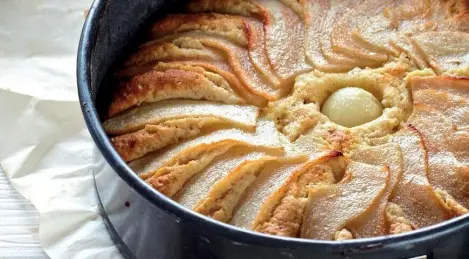Easter cake with live yeast

For making Easter yeast cake, it is better to choose live yeast without various additives. It is also recommended to pay attention to their expiration date: the fresher the product, the more airy and successful the baking will be. It is very important that the milk is warm enough, then the yeast will work at full strength, but do not overheat it, otherwise it will lose its properties. The optimal temperature is 36-38 degrees.
How to cook Easter cake with live yeast
Step 1
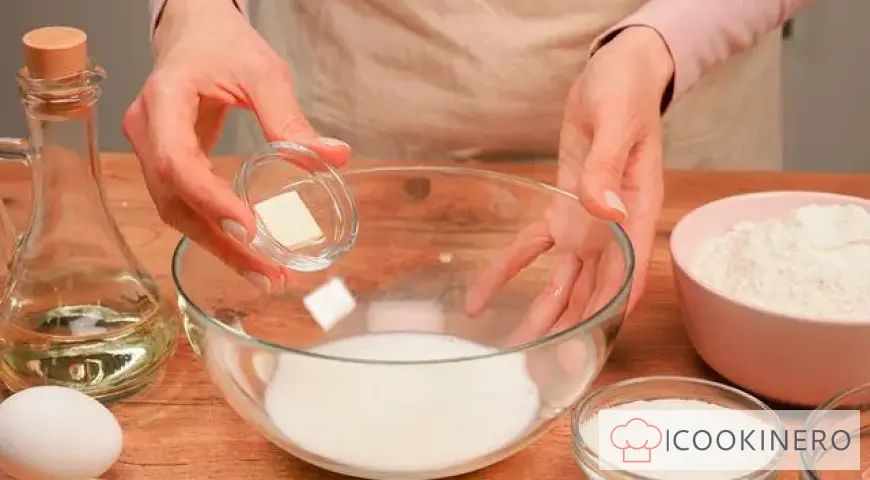
Prepare the yeast. To do this, combine warm milk, crumbled yeast, 1 tbsp. sugar and 1 tbsp. flour, mix, cover with a towel and leave in a warm place for 15 minutes.
Step 2
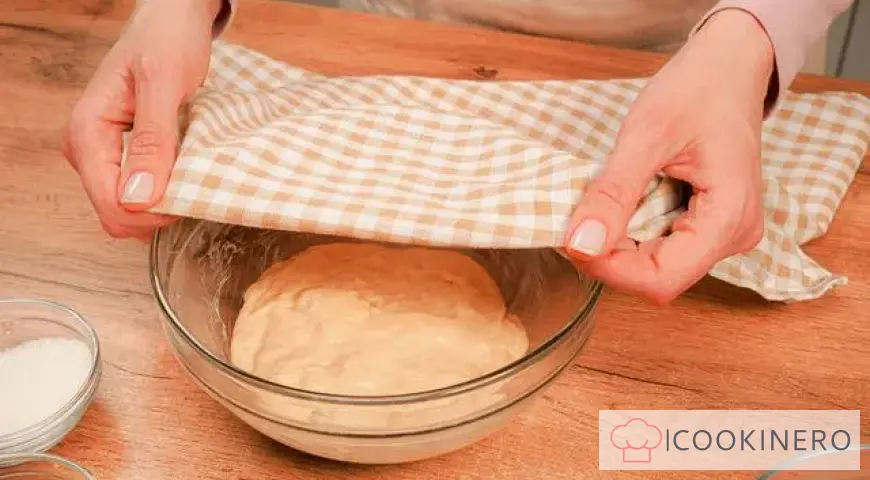
Knead the dough. To do this, combine the egg, melted butter, sugar, vanilla and salt in a deep bowl, beat with a whisk or fork. Then add yeast and milk to the egg mixture and mix gently. Add flour to the egg-yeast mixture in small portions, stirring constantly. Then put the resulting dough on a dry table and knead it for 15 minutes. Put the dough in a bowl greased with vegetable oil, cover with a towel and put in a warm place for 2 hours.
Step 3
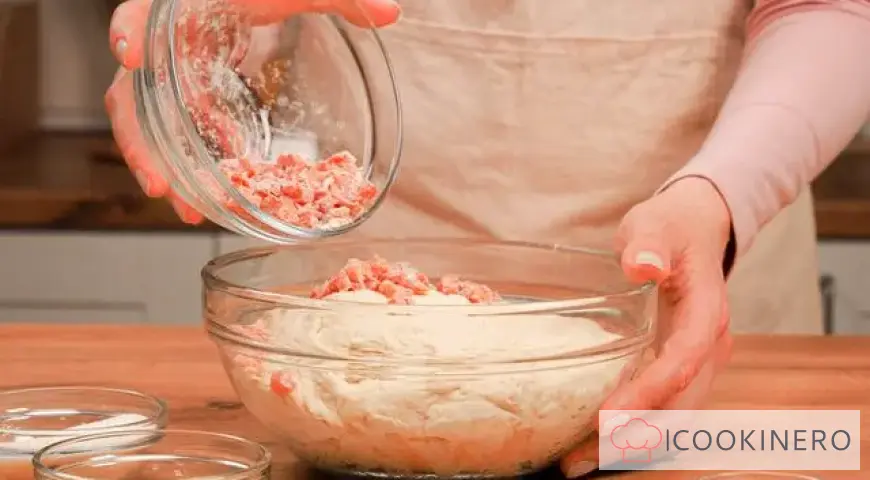
Prepare the Easter cakes for baking. To do this, add dried apricots to the dough and knead gently for several minutes. Then put the dough into the molds, cover with a towel or napkin and put in a warm place for 1 hour.
Step 4
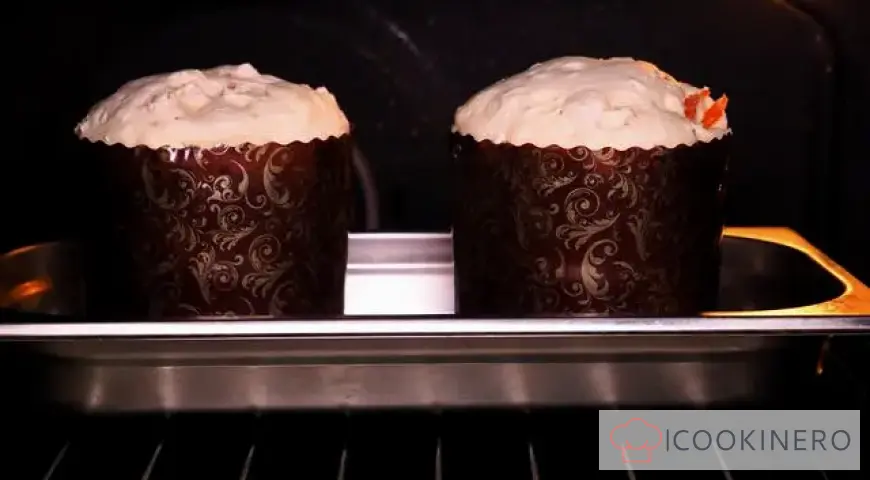
Bake the Easter cakes. Bake the yeast Easter cakes in an oven preheated to 180 degrees for 30 minutes. Then take the Easter cakes out of the oven and let them cool.
Step 5
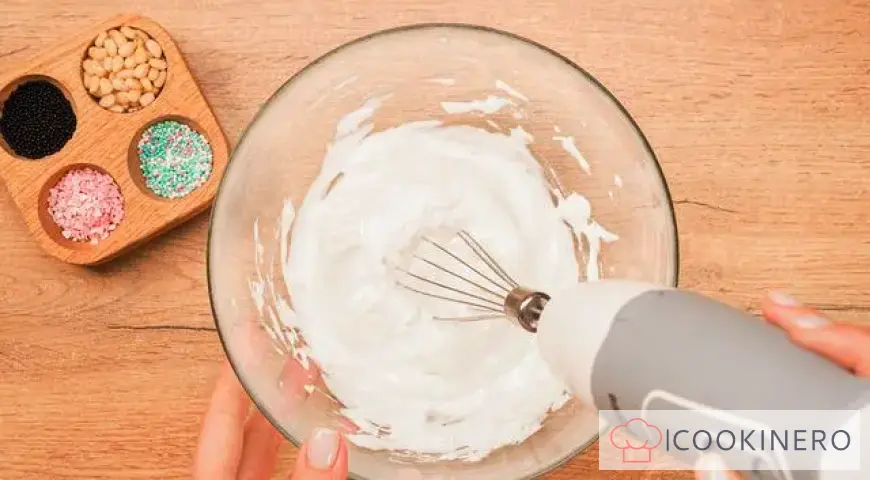
Prepare the glaze. To do this, beat the cooled egg whites with sugar using a mixer until stiff and fluffy.
Step 6

Decorate the Easter cakes. Using a silicone spatula, spread the glaze on top of the cooled Easter cakes, decorate with confectionery sprinkles.
Easter cake with live yeast - FAQ About Ingredients, Baking Time and Storage
Reviews: 0
0 Overall ratingHave you already prepared this recipe? Tell what you think.
Write a review
Trending

Honey mushroom soup
Frozen honey mushrooms allow you to enjoy the taste and aroma of mushroom soup even in winter. There are many recipes with honey mushrooms and other frozen or dried mushrooms in traditional Russian cuisine. But soup with honey mushrooms, frozen whole

Armenian Lavash Roll with Stuffing
Perhaps the most versatile dish you can think of is a lavash roll with filling, because you can stuff lavash with whatever your heart desires. Lavash with vegetables, with salad, with canned fish, sweet lavash with cottage cheese. The choice of filli

Khinkal in Dagestan style
Khinkal is a traditional Caucasian dish. It is often confused with such a famous Georgian dish as khinkali. And, although the set of products in both dishes is quite similar, they are nevertheless different. Traditionally, khinkal is prepared on the

Beef knuckle
The special value of the beef knuckle (the lower part of the beef carcass leg) is the marrow bone, rich in nutrients. The recipe recommends using meat from young animals no more than 20 months old. It can be distinguished by the rich red and pink col

